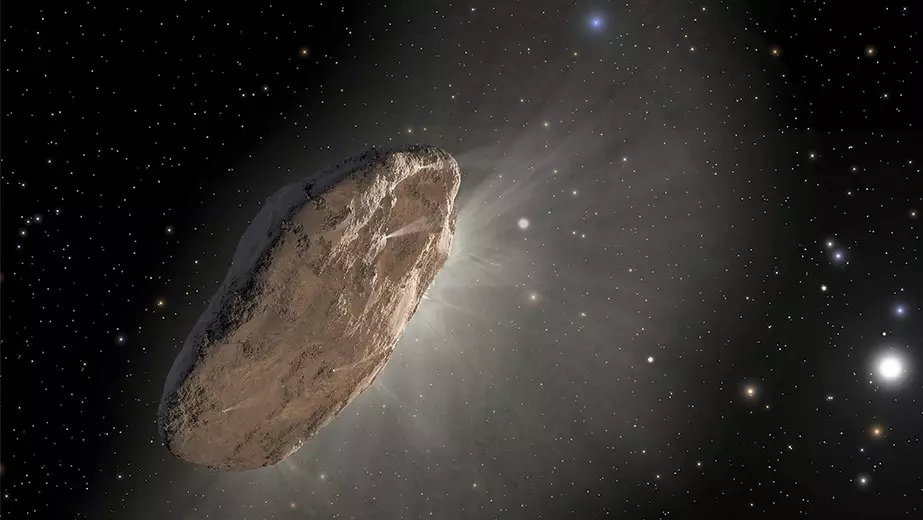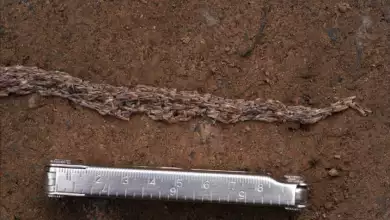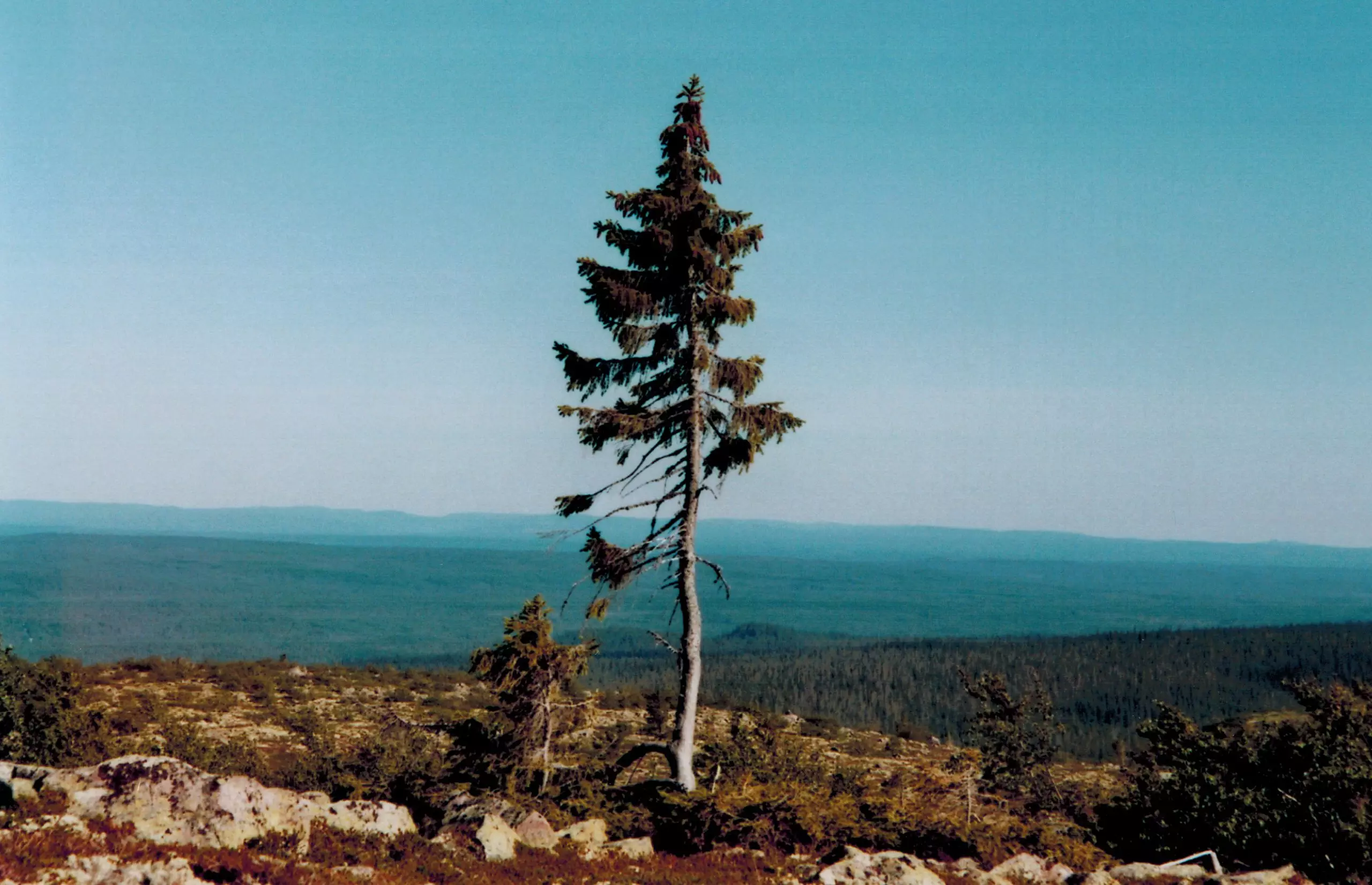Oumuamua may help the James Webb Telescope find aliens
Another interstellar interloper like Oumuamua could show the James Webb Telescope where and how life forms.
In October 2017, scientists using the Pan STARS telescope on the Hawaiian island of Maui discovered something no one had seen before.
They spotted an interstellar object in our solar system and named it ‘Oumuamua (a local Hawaiian term meaning “scout“).
First, astronomers thought it was a comet. But no trace of comet-like activity was detected as it swung around the sun at 196,000 miles per hour.
After that, astronomers thought it was an asteroid until further measurements discovered something that didn’t seem physically possible.
This object from another star system was accelerating, and normal rocks in space rarely accelerate independently. The scientific community buzzed with excitement as theories mounted that this might not be a comet. Alternatively, it may be an alien artifact, such as an abandoned probe or spaceship from another civilization.
Related Article: The James Webb Space Telescope Explores Lava Worlds
Is Oumuamua a spaceship?
Professor Avi Loeb’s suggestion that ʻOumuamua may be a spacecraft is an intriguing one, but it relies on a number of assumptions. First, the spacecraft must be able to generate enough thrust to overcome the sun’s gravity. Second, the spacecraft must be able to travel fast enough to avoid falling back into the Sun. Third, the spacecraft must be able to maintain its flat shape while traveling through space.
There are several alternative explanations for Oumuamua’s rocket effect. One explanation is that the object is a form of ice, such as solid nitrogen or water ice. This explanation could account for the object’s flat shape as well as its high speed.
Related Article: Waters Surrounding Rare Comet Discovered by JWST
Another explanation is that the object is a piece of an asteroid or comet that has lost its atmosphere. This explanation could also account for the object’s flat shape as well as its high speed.
It is difficult to say which of these explanations is most likely. However, we are likely to learn more about ʻOumuamua when we use the James Webb Space Telescope to examine it in detail.
Here are some points that support the different views on the origin of ʻOumuamua:
Professor Loeb’s view
- Oumuamua is orbiting the sun on a strange and unusual path.
- Oumuamua is moving at a very high speed.
- Oumuamua has an unusually flat shape.
The view of the researchers who suggested that Oumuamua is a form of ice
- Solid nitrogen can exist in our solar system, as it has been found on Pluto.
- Solid nitrogen can withstand the high temperatures and pressures that an object traveling through space would encounter.
- Solid nitrogen can lose its flat shape over time.
The view of the researchers who suggested that ʻOumuamua is a piece of an asteroid or comet that has lost its atmosphere
- Asteroids and comets can lose their atmospheres when they collide with another object.
- Asteroids and comets can move at very high speeds.
- Asteroids and comets can have unusually flat shapes.
Ultimately, astronomers will need to collect more data about ʻOumuamua before determining its origin.
Related Article: James Webb discovers ‘celestial monster’ stars
James Webb will give us an intimate encounter with the upcoming Oumuamua
When studying extragalactic objects from the Milky Way, scientists had a limited set of tools to use. But with the James Webb Space Telescope, that is about to change forever.
“The sensitivity and superb power of the James Webb Space Telescope now give us an unprecedented opportunity to investigate the chemical composition of these interstellar objects. And learn more about their nature: where they came from, how they formed, and what they can tell us about the conditions present in their home systems,” explains principal investigator Martin Cordiner of the Webb’s Opportunity program to analyze the composition of interstellar interlopers.
“The ability to study one of these objects and know its composition. To see the materials from around another planetary system up close is really amazing,” adds Cordiner, an astrophysicist at NASA’s Goddard Space Flight Center in Greenbelt, Maryland, with the Catholic University of America.
The James Webb Space Telescope can light the way to extraterrestrials
Scientists will use James Webb’s spectral capabilities to analyze the near-infrared and mid-infrared bands to examine the interstellar interlopers visiting our solar system. The mirror segments “were coated with a thin layer of pure gold with a thickness of less than 100 atoms to reflect infrared light best,” according to a NASA video on the telescope’s main optical system.
James Webb’s infrared capabilities will be critical in studying Oumuamua or the upcoming Borisov that are making their way to our solar system and beyond our planet.
The Near-Infrared Spectrograph (NIRSpec) will help scientists to examine the chemical fingerprints of the gases emitted by cosmic objects – and this is a great way to study them because any ice present on the objects will evaporate due to the heat of the sun.
Using the Mid-Infrared Instrument (MIRI), scientists will see dust rising from the body. These are tiny, microscopic particles, larger grains, and even whole pebbles that can be pulled from the surface of the body and float along with it like a set of ping-pong balls.









